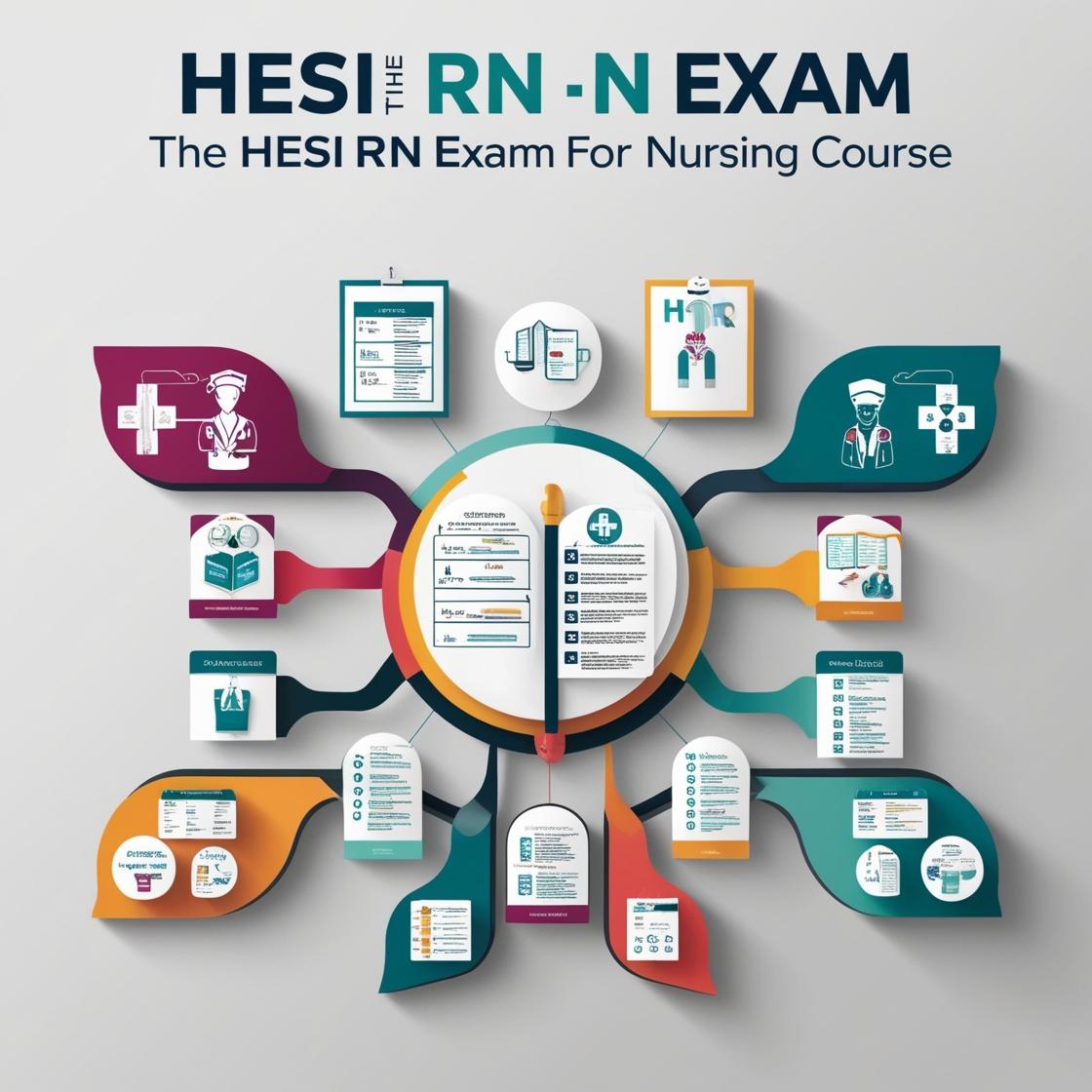HESI RN
HESI Medical Surgical Exam
1. The client with diabetes mellitus should be cautioned by the nurse taking a sulfonylurea that alcoholic beverages should be avoided while taking these drugs because they can cause which of the following?
- A. Hypokalemia.
- B. Hyperkalemia.
- C. Hypocalcemia.
- D. Disulfiram (Antabuse)-like symptoms.
Correct answer: D
Rationale: The correct answer is D: Disulfiram (Antabuse)-like symptoms. When a client with diabetes mellitus taking a sulfonylurea consumes alcohol, it can lead to disulfiram-like symptoms, such as nausea, flushing, and palpitations. Choice A, hypokalemia, is incorrect because sulfonylureas do not typically lead to low potassium levels. Choice B, hyperkalemia, is incorrect as sulfonylureas are not associated with high potassium levels. Choice C, hypocalcemia, is also incorrect because sulfonylureas are not known to cause low calcium levels.
2. The home health nurse provides teaching about insulin self-injection to a client who was recently diagnosed with diabetes mellitus. When the client begins to perform a return demonstration of an insulin injection into the abdomen, which instruction should the nurse provide?
- A. Select a different injection site
- B. Continue with the insulin injection
- C. Keep the skin flat rather than bunched
- D. Lie down flat for better skin exposure
Correct answer: B
Rationale: Choosing to continue with the insulin injection is the correct instruction in this scenario because it allows the client to demonstrate proper technique and reinforces their learning. Selecting a different injection site (choice A) is not necessary if the client is injecting into the abdomen as it is a suitable site. Keeping the skin flat rather than bunched (choice C) is a good practice but is not the priority in this situation where the client is demonstrating the injection technique. Lying down flat for better skin exposure (choice D) is not required and may not be practical for the client during routine self-injections.
3. A 68-year-old client on day 2 after hip surgery has no cardiac history but reports having chest heaviness. The first nursing action should be to:
- A. Inquire about the onset, duration, severity, and precipitating factors of the heaviness.
- B. Administer oxygen via nasal cannula.
- C. Offer pain medication for the chest heaviness.
- D. Inform the physician of the chest heaviness.
Correct answer: A
Rationale: The correct first nursing action when a client reports chest heaviness post-hip surgery is to gather more information through assessment. Inquiring about the onset, duration, severity, and precipitating factors of the heaviness is crucial to determine the cause. This approach helps the nurse to gather essential data to make an informed decision regarding the client's care. Administering oxygen (Choice B) may be indicated based on assessment findings, but it is crucial to assess first. Offering pain medication (Choice C) without further assessment is premature and may mask symptoms. Informing the physician (Choice D) should be done after a thorough assessment to provide comprehensive information for appropriate medical decision-making.
4. Which of the following is a characteristic symptom of hypothyroidism?
- A. Fatigue.
- B. Weight gain.
- C. Cold intolerance.
- D. Heat intolerance.
Correct answer: C
Rationale: The correct answer is 'Cold intolerance.' Hypothyroidism is associated with a decreased metabolic rate, leading to a decreased ability to regulate body temperature and a feeling of being cold. Fatigue (Choice A) and weight gain (Choice B) are also common symptoms of hypothyroidism due to the overall slowing down of bodily functions. Heat intolerance (Choice D) is more commonly associated with hyperthyroidism, where the body's metabolism is overactive, leading to increased heat production.
5. A client with type 1 diabetes mellitus has influenza. The nurse should instruct the client to:
- A. Increase the frequency of self-monitoring (blood glucose testing).
- B. Reduce food intake to alleviate nausea.
- C. Discontinue the insulin dose if unable to eat.
- D. Take the normal dose of insulin.
Correct answer: A
Rationale: During illness, individuals with type 1 diabetes mellitus may experience increased insulin requirements due to factors such as stress and the release of counterregulatory hormones. Increasing the frequency of self-monitoring, as stated in choice A, is crucial to closely monitor and adjust insulin doses as needed. Choice B, reducing food intake to alleviate nausea, is incorrect as it may lead to hypoglycemia and does not address the increased insulin needs during illness. Choice C, discontinuing the insulin dose if unable to eat, is dangerous as it can result in uncontrolled hyperglycemia. Choice D, taking the normal dose of insulin, may not be sufficient during illness when insulin requirements are likely elevated.
Similar Questions

Access More Features
HESI RN Basic
$89/ 30 days
- 50,000 Questions with answers
- All HESI courses Coverage
- 30 days access @ $89
HESI RN Premium
$149.99/ 90 days
- 50,000 Questions with answers
- All HESI courses Coverage
- 30 days access @ $149.99
